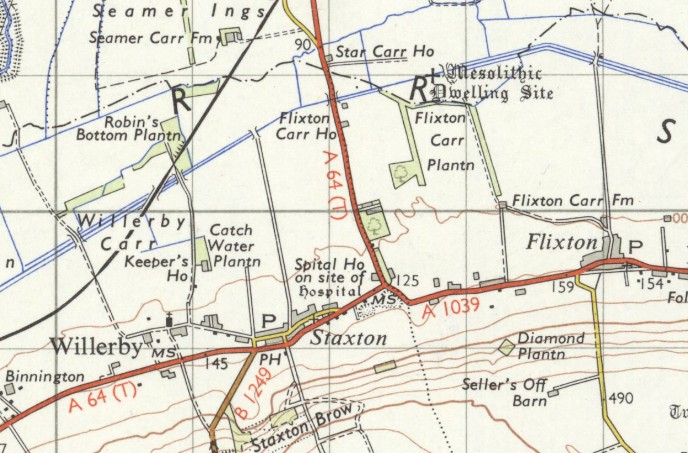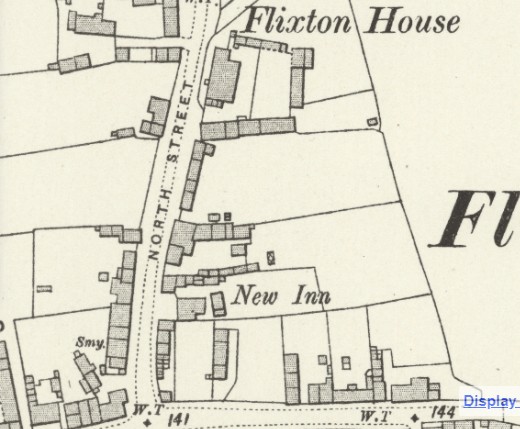Personally I remain unconvinced werewolves prowl anywhere on Earth, let alone North Yorkshire.
Are they still dependent on a full moon or can werewolves now appear at any phase?
To give a serious answer to a possibly flippant question: the association with the full moon is far from universal in folklore.
Werewolves, vampires, and zombies all had their origins in folklore, but once they became staples of horror literature and, especially, film,
they had to be given "rules": often a curse, specific powers, and, importantly, specific
vulnerabilities.
The British Standard film werewolf changes into a wolf, whether they want to or not, at the time of the full moon, and can only be killed by a silver bullet. The common theme of the werewolf being incredibly strong was perhaps a result of it being very difficult in the early days to create a convincing quadrupedal werewolf. The lurching bipedal werewolf of early films could be unintentionally risible without super strength.
The modern film vampire is closely associated with bats and/or rats, is unable to go out in the sun, has to sleep in a coffin, and can be warded away by a cross or by garlic, and killed only by a stake through the heart.
The modern film zombie, which is probably the furthest removed from its folklore origins, is driven by an insatiable desire to eat brains, and can only be killed by a severe trauma to its own brain.
In modern film and literature, all three have the ability to pass on their curse by biting the victim. This is a handy device for driving the plot of a film.
In authentic folklore, there was no single version of the werewolf, or of the vampire. There were shape-changers and there were blood-drinkers and cannibals, and these ideas were combined in different proportions for each local folk tale.
The zombie, of course was something completely different from the "infected hordes" we see in films today.




